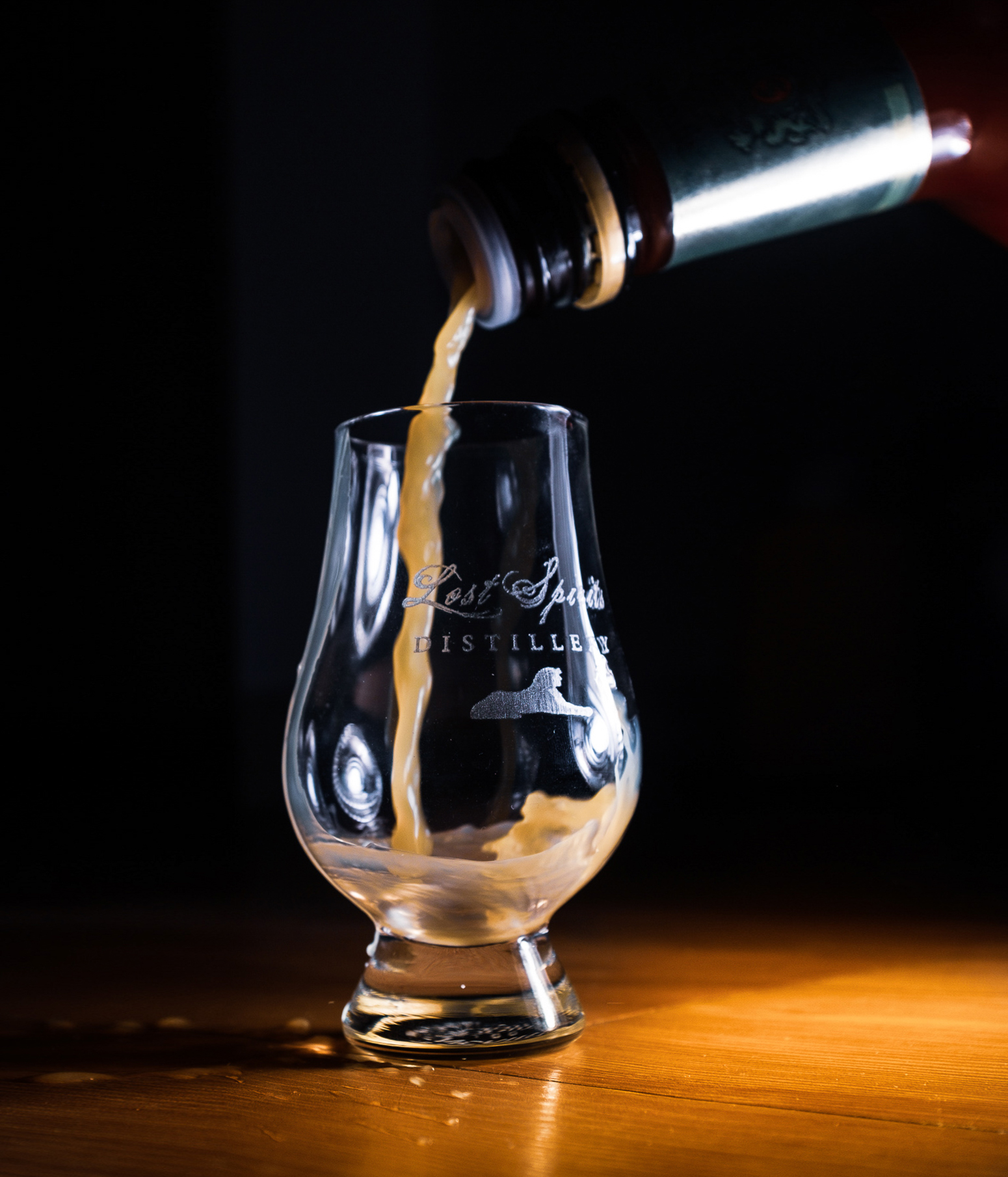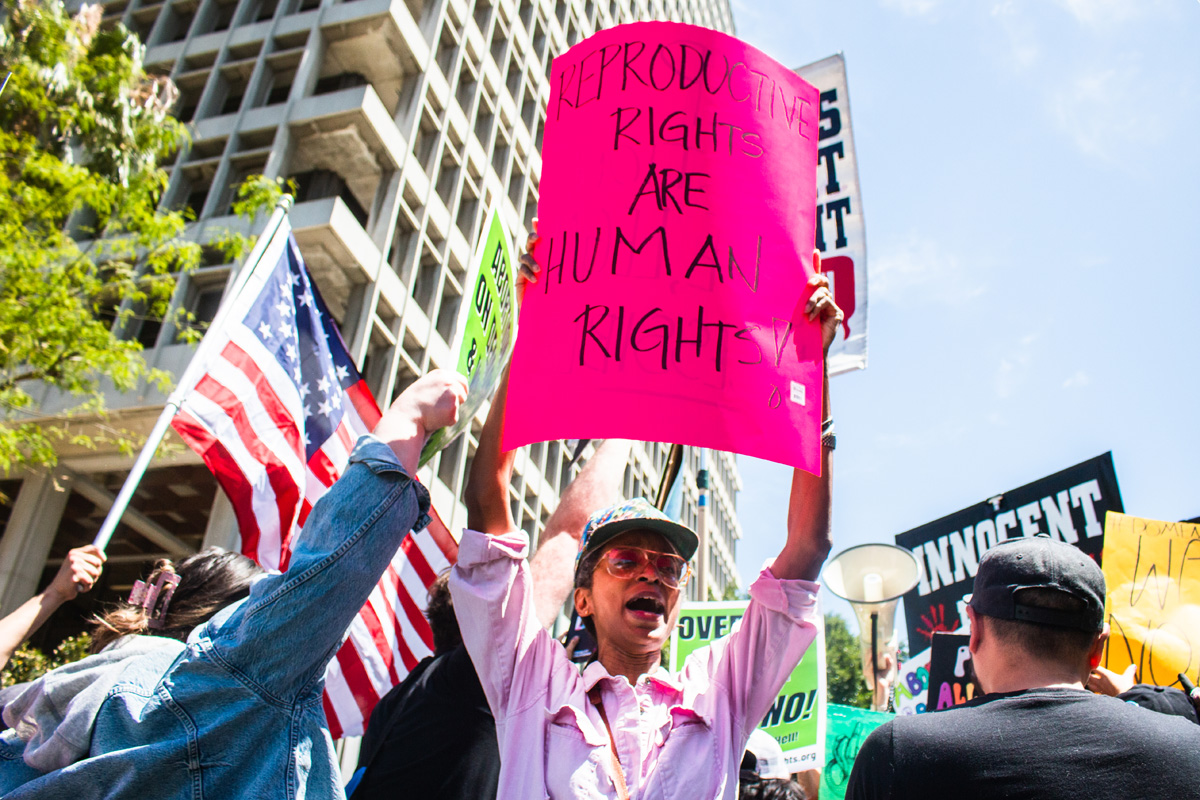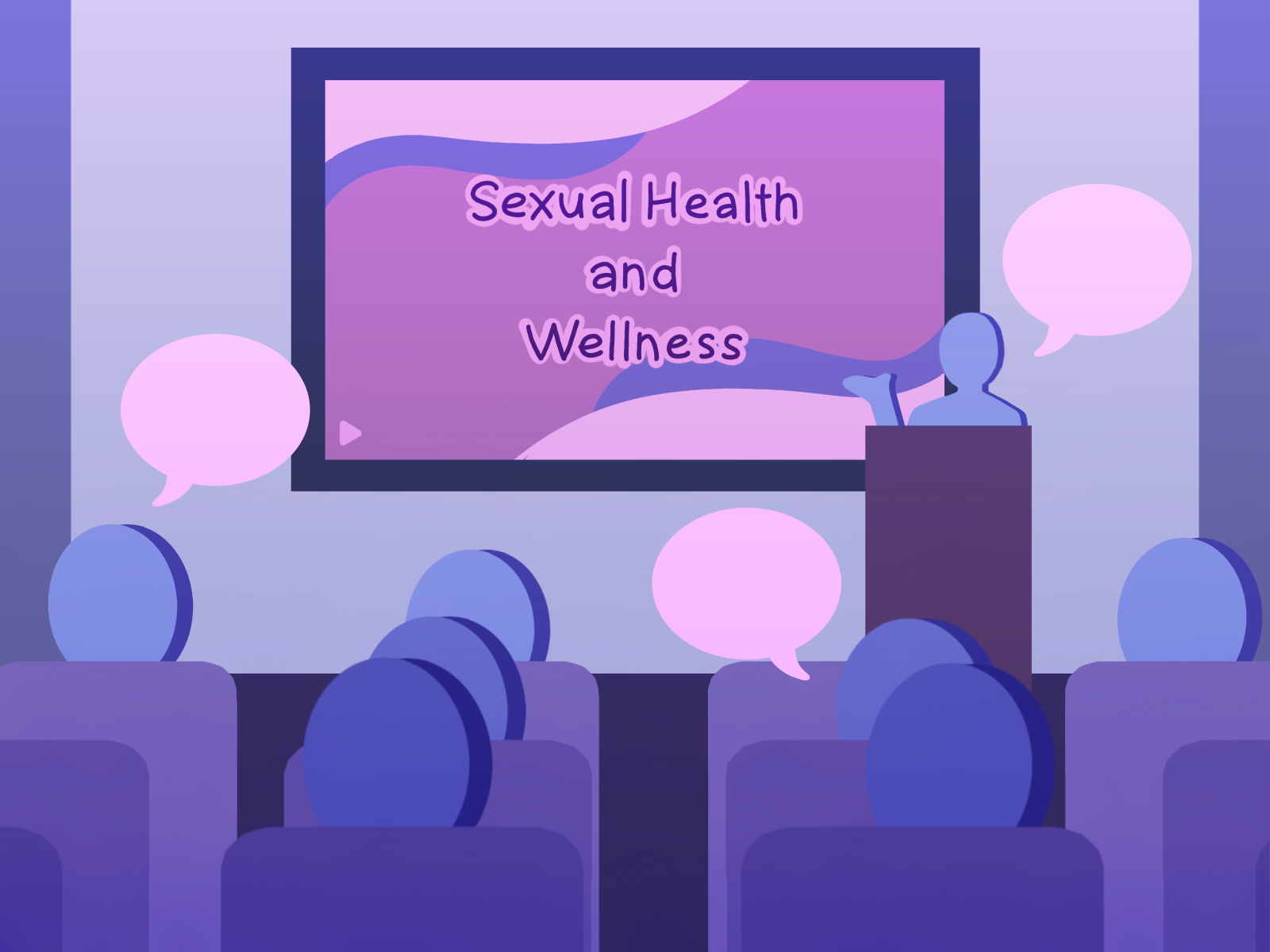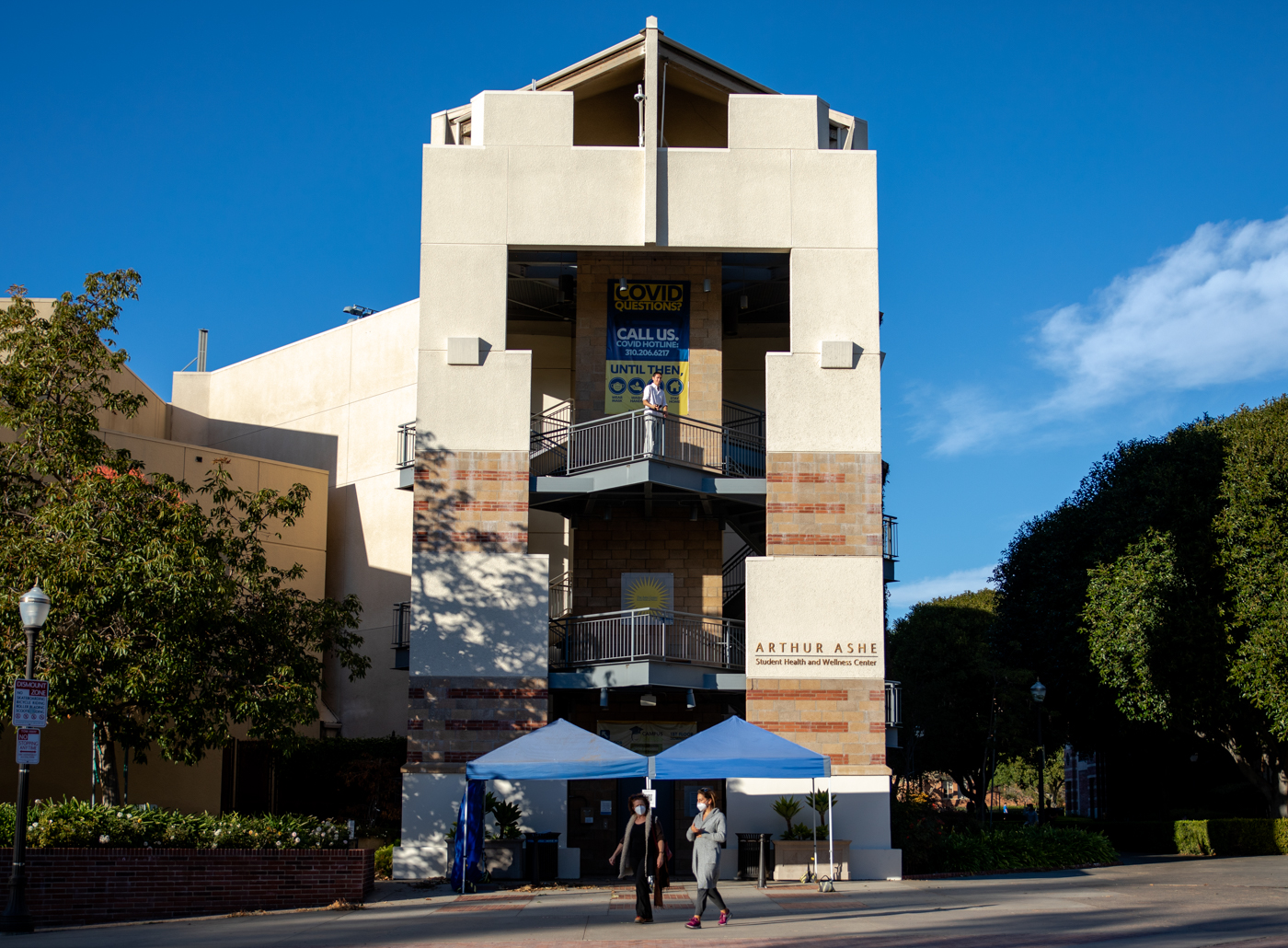A Difference of Opinion Editors: Should the legal drinking age in the US be lowered?

Americans hold opposing opinions about whether the United States’ legal drinking age should be maintained at 21 or lowered to 18. The Opinion editors consider the effect of alcohol on college campuses and present their viewpoints on the topic. (Daily Bruin file photo)
The drinking age in the United States currently stands at 21 years old, sparking great debate on whether it should stay the same or be lowered to 18. From alcohol-related health concerns and driving under the influence to binge drinking culture and the purchasing of fake IDs, valid arguments can be presented for both perspectives regarding the proper age restriction. The Opinion editors take their stances in the latest edition of “A Difference of Opinion Editors.”
Keep the Drinking Age at 21 (Nicolas Greamo)
21.
That’s the legal drinking age across the U.S. today. But it wasn’t always.
After the end of Prohibition, most states had laws restricting the purchase of alcohol to people over the age of 21. But in the early 1970s, around the passage of the 26th Amendment that lowered the voting age to 18, 29 states reduced their legal drinking ages.
In 1984, however, Congress passed the National Minimum Drinking Age Act, which forced states to return to 21 or lose some federal funding, in response to a substantial rise in car crashes and drunk driving incidents for young people in states that reduced their legal drinking ages.
The effects of that law have been pretty clear. Many studies have found that traffic accidents and deaths declined among teens after the minimum drinking age was raised nationally.
But the effects of the law have stretched far beyond highway safety. According to an article from the Federal Trade Commission, only about 41.5% of high school seniors reported drinking in 2012, a steep drop from almost 66% in 1985.
Researchers in the late 1980s and early 1990s found that restoring the drinking age to 21 saved the lives of over a thousand teens every year. Modern studies suggest that number may be even higher.
The unambiguous truth is that alcohol can destroy lives.
Current minimum drinking age laws, which aim to reduce drinking especially for vulnerable young people, are essential for mitigating some of the dangers that alcohol poses.
These laws, which prohibit those under the age of 21 from purchasing and openly possessing alcoholic beverages, are an ideal approach because they focus enforcement and regulations on the institutions selling alcohol instead of contributing to the racialized mass incarceration crisis like many other drug laws do.
In California, for example, individuals cannot be jailed for violating minimum drinking age laws, only fined or obligated to do community service. California, like some other states, also does not explicitly penalize alcohol consumption and offers legal exceptions to the law if a minor possesses alcohol while in a private location or in the presence of a parent or guardian.
Some have argued that allowing younger people to buy alcohol will allow them to experiment and develop a higher tolerance to drinking in a more controlled environment than in a potentially unsafe space on college campuses.
But reducing the legal drinking age to 18, a widely unpopular move even among young people, would not only lead to a rise in drinking overall but also make alcohol more accessible for underage drinkers.
Drinking more and at an earlier age doesn’t build healthy drinking habits. While it may build alcohol tolerance, it also builds dependency. The correlation between underage drinking and alcohol use dependency disorders has been found repeatedly by researchers.
For instance, a majority of European countries have a drinking age of 18, with some even being as low as 16 years old. Several studies have demonstrated that, in part as a consequence of these different laws, levels of underage drinking are higher in European countries, alongside higher death rates from cirrhosis of the liver, a fatal disease tied to excessive alcohol use.
Suggestions that lowering the drinking age would address the epidemic of sexual assault on college campuses are also difficult to fully parse. Even if college students with a higher alcohol tolerance would somehow be safer, such a “solution” neglects the root causes of campus sexual violence in favor of perpetuating the culture of victim-blaming that helps make assault so prevalent already.
So what exactly do we stand to gain if we lowered the drinking age?
It’s certainly not more than what we stand to lose.
Lower the drinking age to 18 (Allison Bushong and Zoraiz Irshad)
You only need to be 18 years old to purchase an assault weapon, play the lottery and vote, yet you still need to be 21 to taste your first sip of alcohol.
The nature of American drinking culture can largely be attributed to the country’s high minimum drinking age. Thrill-seeking teenagers fall into the intense drinking patterns normalized within underage drinkers, and many consume unsafe levels of alcohol before they even turn 21.
Binge drinking culture and the use of fake IDs have serious consequences for inexperienced drinkers, particularly on college campuses. The legal drinking age in America should be lowered to 18 to protect the safety of young adults beginning to consume alcohol.
Studies show that once drinkers reach the legal threshold, the amount of alcohol they consume decreases. Lowering the drinking age could reduce the excitement of rule-breaking that may contribute to alcohol’s overuse by underage drinkers, thus altering the normalization of alcohol abuse amongst college-age adults.
Unlike most countries where the legal age for drinking is typically 18 or even lower, the U.S. has its drinking age set to 21 based on a law that has been enforced since 1984. This distinction places the U.S. among a select few countries with such a regulation.
American drinking culture differs from the environment and perception of drinking in other countries. For example, bartenders have noticed that Europeans don’t make a big show of drinking, allowing it to be incorporated quite normally into everyday activities, such as drinking your morning coffee or pairing it with lunch.
In a 2022 study by the National Survey on Drug Use and Health, researchers found that 49% of full-time college students ages 18 to 22 years old consumed alcohol and 29% participated in binge drinking within the past month. Many students engage in binge drinking because their motivation is to become drunk, rather than to socialize.
A majority of college students do not turn 21 until their junior or senior year, resulting in many resorting to counterfeit identification to engage in the drinking culture that is heavily intertwined with the American university experience.
If caught by authorities, ownership of a fake ID can result in a misdemeanor or felony charge, with punishments ranging from a monetary fine to three years in prison. Criminal records can disrupt students’ career paths, lead to loss of driver’s license, subject students to university discipline or release from financial aid.
Nevertheless, a 2016 study found that 40% of undergraduate drinkers admitted to owning a fake ID, with 28% using their ID to illegally buy alcohol.
Dire consequences do not seem to deter students from engaging in illicit activity in order to obtain alcohol. The drinking culture on college campuses such as UCLA’s leaves students at a crossroads between abstaining from popular social outings or violating the university’s Student Conduct Code.
The ubiquity of technology and increased prominence of websites selling fake IDs in recent years has undoubtedly increased the market’s accessibility and the ease of purchase for students. Even underage drinkers who do not own fake IDs obtain alcohol from communal sources such as fraternity parties or alcohol bought by older peers. Relying on communal sources rather than purchasing one’s own alcohol increases risk and susceptibility to date-rape drugs.
Pressure to engage in popular social environments comes with the dangers associated with communal drinking and the liability of owning a fake ID. Lowering the drinking age would reduce the risks and execution of punishments associated with fake ID usage.
It is difficult to tell if a change in the law would lead to a self-correcting culture surrounding alcohol consumption or if additional measures would be necessary to prevent further alcohol abuse. Either way, lowering the drinking age in America cannot come without a change in culture.
Alcohol is involved in 75% of college sexual assault cases and 30% of cases overall. Alcohol abuse, the obsession with “blacking out” and the emphasis on binge drinking among students of American universities has fostered an environment conducive to assault and dangerous situations.
Allowing young adults to experiment with alcohol in a safe environment prior to entering college would not automatically lead to a reduction of these cases, but it could help change the narrative and expectations surrounding heavy alcohol use in college-age students.
Additionally, the frequency of driving under the influence and alcohol-related sexual assault cases, particularly on college campuses and within college-age citizens, cannot be ignored.
In a survey conducted by the National Institute on Alcohol Abuse and Alcoholism, it was found that 33% of college students drove under the influence of alcohol. Furthermore, students who have engaged in binge drinking are 13 times more likely to drive under the influence in comparison to students who have not.
Though sexual assault cases tend to be underreported, researchers have been able to conclude that one out of five women in college experience sexual assault and a majority of those cases involve alcohol or other substances. In fact, nearly 700,000 college students reported being assaulted by another student who had been drinking.
Lowering the drinking age in America isn’t just about a sip of alcohol at 18 years old. Rather, it involves rewriting the story of youthful recklessness into one that incorporates moderation, responsibility and safety for our future generations.







